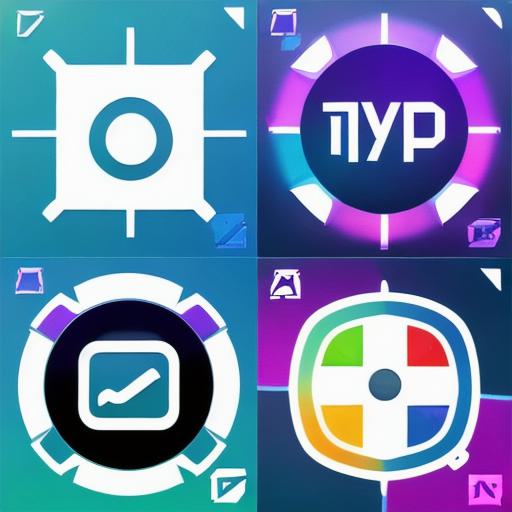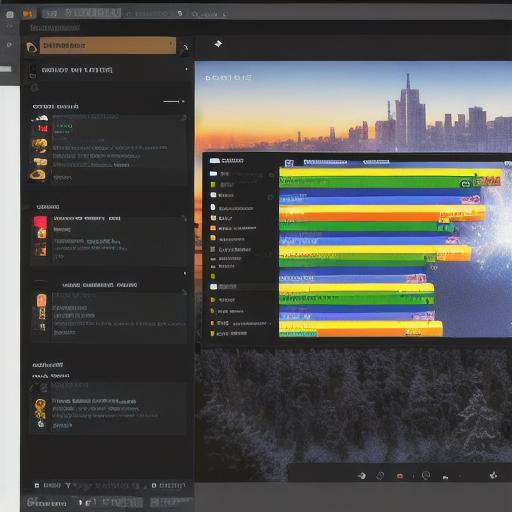Introduction
Hello web developers! In this comprehensive guide, we will explore how to develop captivating Unity games optimized for Valve’s portable gaming powerhouse – the Steam Deck. As an expert in this topic, I am thrilled to help you embark on your journey towards creating engaging and seamless gaming experiences for this versatile handheld device.

Why Develop Games for Steam Deck with Unity?
Unity is a renowned cross-platform game engine, widely popular among developers due to its versatility, flexibility, and extensive support for various platforms. With the release of SteamOS, which powers the Steam Deck, it has become essential for Unity developers to understand the development process for deploying their games on this portable powerhouse.
**Preparation: System Requirements & Prerequisites**
To develop Unity games for the Steam Deck, ensure your system meets the following requirements:
- Operating System: Windows or macOS with Unity Hub installed.
- Unity Version: Use Unity 2019.4 LTS or later versions that support SteamVR and the Universal Windows Platform (UWP).
- Valve Steam Account: Sign in to your account to access the Steamworks developer portal.
Setting Up Your Project for Steam Deck
- Create a New Unity Project: Start by creating a new 2D or 3D project within Unity based on your game concept.
- Configure the Project: Ensure your project is set up correctly for targeting the UWP platform and includes all necessary assets, scripts, and configurations.
- Integrate Steamworks SDK: Import the Steamworks SDK into your project to access Steam features like Achievements, Leaderboards, Friends List, and In-Game Overlay.
**Developing for Steam Deck: Optimization & Testing**
Optimizing your game for the Steam Deck involves the following steps:
- Performance: Ensure that your game runs smoothly on lower hardware configurations by optimizing graphics settings, reducing draw calls, and minimizing physics calculations.

- Input Mapping: Customize input mappings to ensure a seamless gaming experience with the Steam Deck’s touchscreen and controller.
- Testing & Debugging: Test your game extensively on various configurations of the UWP platform and use Unity’s built-in profiling tools to identify performance bottlenecks.
Deploying Your Game on Steam
- Prepare for Submission: Make sure your game meets all Valve’s submission requirements, such as having a clear and concise store description, a captivating trailer, and localized translations.
- Build the Game: Create a final build of your game in Unity, ensuring that it includes all necessary files and configurations for the UWP platform.
- Upload Your Game: Submit your game to Steam via the Steamworks developer portal, where it will undergo a review process before being made available to the public.
**Conclusion: Empowering Your Unity Games on Steam Deck**
With this comprehensive guide, web developers can now create engaging and optimized games for Valve’s Steam Deck using Unity. By following the steps outlined above, you will be well on your way to delivering a captivating gaming experience that showcases both your creativity and technical prowess.
